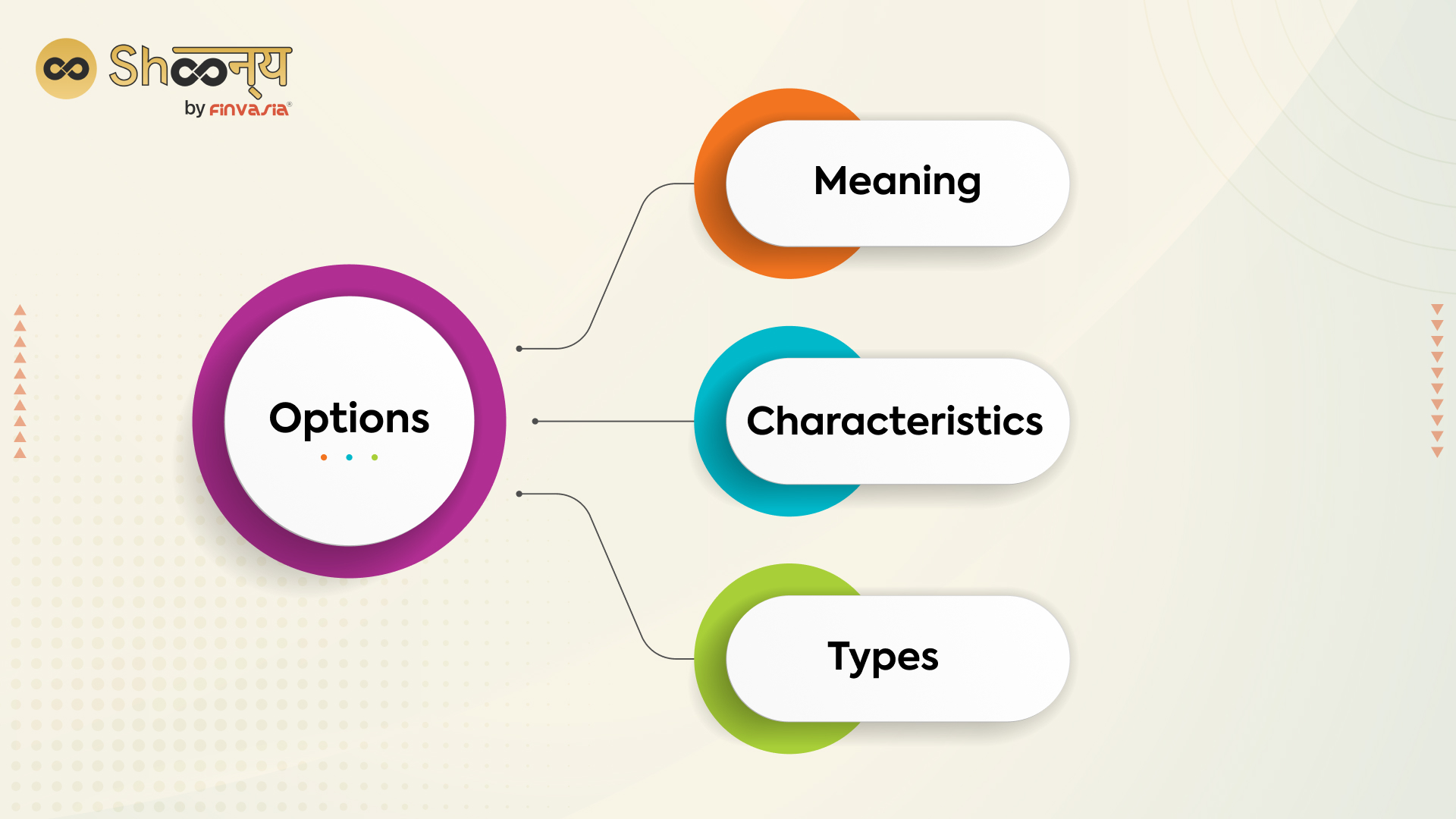Have you ever wondered how it’s possible to profit from the stock market without owning actual stocks? Enter the world of option trading, an intriguing financial instrument that empowers investors with a wide range of strategies. From hedging against risk to speculating on market movements, options offer a multifaceted approach to navigating the intricacies of the financial landscape. In this blog post, we will embark on a comprehensive exploration of option trading, unraveling its complexities and empowering you to make informed investment decisions.

Image: www.angelone.in
Defining Option Trading: A Gateway to Informed Investing
An option contract, in its essence, is an agreement between two parties that grants the buyer the right, but not the obligation, to buy (call option) or sell (put option) an underlying asset, such as a stock, at a specified price (strike price) on a specific date (expiration date). The seller of the option is obligated to fulfill the contract if the buyer exercises their right. Unlike stocks or bonds, options do not represent ownership of the underlying asset but rather a contract that derives its value from the potential price movements of the underlying asset.
Option Trading: A Risk-Reward Balancing Act
The allure of option trading lies in its ability to provide investors with both leverage and risk management tools. By leveraging options, investors can magnify their potential returns with a relatively small investment compared to purchasing the underlying asset outright. On the flip side, options also carry inherent risk, which can result in the loss of the entire investment. It’s crucial to approach option trading with a clear understanding of the potential risks and rewards involved.
Unveiling the Key Components of Option Contracts
To navigate the world of option trading effectively, it’s essential to grasp the fundamental components that make up an option contract. These key elements include:
-
Underlying Asset: The underlying asset can be a stock, index, bond, commodity, or currency on which the option contract is based.
-
Strike Price: The strike price is the agreed-upon price at which the buyer can exercise their right to buy (in the case of call options) or sell (in the case of put options) the underlying asset.
-
Expiration Date: The expiration date marks the deadline by which the buyer must exercise their option contract. Post-expiration, the option contract becomes worthless.

Image: blog.shoonya.com
Exploring Option Strategies: A Toolkit for Market Navigation
The beauty of option trading lies in the diverse array of strategies it offers investors. From conservative hedging strategies to speculative plays, options provide a flexible toolset to tailor investment approaches to individual risk appetites and market conditions:
-
Hedging: Options can be used as a defensive tool to reduce risk in existing stock positions. Protective puts, for instance, allow investors to safeguard their stock holdings against potential downturns.
-
Income Generation: Option strategies, such as covered calls, empower investors to generate income by selling options on stocks they own. This strategy allows investors to potentially earn income while maintaining ownership of their underlying assets.
-
Speculation: For those seeking more aggressive investment approaches, option trading offers ample opportunities for speculative plays. Call options, for example, can be utilized to capitalize on anticipated price increases, while put options allow investors to profit from expected price declines.
-
Volatility Trading: Options are popular instruments for volatility trading, where investors seek to profit from price fluctuations in the underlying asset’s volatility. Volatility-focused strategies can involve buying or selling options with different strike prices and expiration dates.
Mastering the Nuances of Option Trading: Tips for Success
Navigating the complexities of option trading requires a combination of knowledge, strategy, and discipline. Here are a few invaluable tips to enhance your option trading endeavors:
-
Education: Embark on a relentless pursuit of knowledge, delving into the nuances of option trading through books, courses, and online resources.
-
Start Small: Begin with small trades and gradually increase your position size as you gain confidence and experience.
-
Risk Management: Implement a stringent risk management framework that outlines your predefined risk tolerance and exit strategies.
-
Emotional Control: Option trading can be an emotional roller coaster. Stay grounded and don’t let emotions drive your decision-making.
-
Seek Professional Advice: If you’re unsure about specific option strategies or navigating market complexities, don’t hesitate to consult with a qualified financial advisor.
Definition Of Option Trading
https://youtube.com/watch?v=Xs4L7r1iUyk
The Bottom Line: Option Trading for Financial Empowerment
Option trading presents a powerful investment toolset that can elevate financial literacy and provide opportunities for both risk mitigation and profit generation. With a thorough understanding of the principles, strategies, and risks involved, individuals can harness the power of options to craft tailored investment portfolios that align with their financial goals and risk tolerance. Embark on your option trading journey with a commitment to continuous learning, prudent decision-making, and a measured approach, and you will be well-positioned to navigate the complexities of the financial markets with confidence and potential success.






